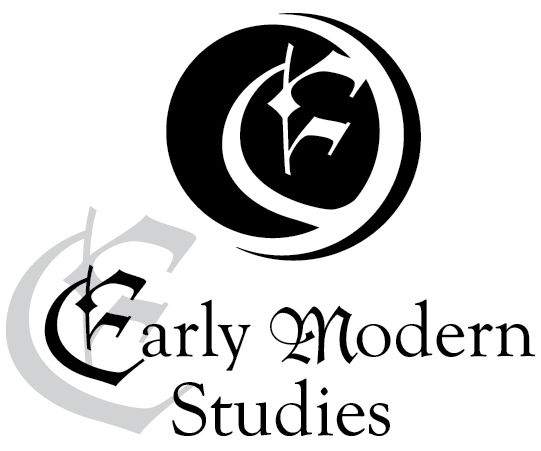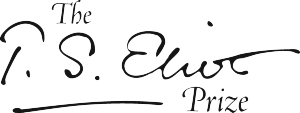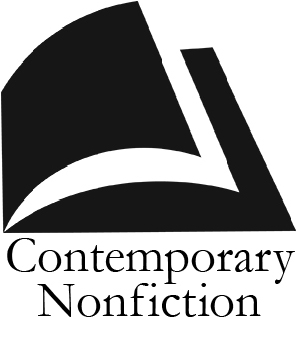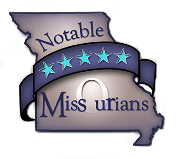An interview with Carol V. Davis, author of Because I Cannot Leave This Body
by Kristen Womble
Why did you choose the title for Because I Cannot Leave This Body?
Titles for poetry are challenging because you want to entice a potential reader to be curious about the book but you don’t want to risk a reader thinking the title is literal. My first book with TSUP had the title Into the Arms of Pushkin: Poems of St. Petersburg. Some readers in Russia thought it was a book about Pushkin. It was not. Pushkin lived in St. Petersburg and so this was a metaphor for my time living there but it was confusing for Russian readers. After that I was more aware of pitfalls for titles. I wanted to be careful about the title of this book. Since there are a number of poems that relate to the body, both in terms of response poems to paintings by Lucian Freud and other poems about the body, this title seems to work. I think it’s also an intriguing title.
How does the image you chose for the cover represent the poetry in this collection?
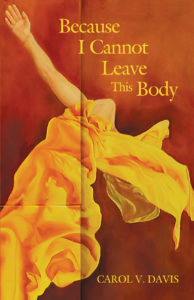 It’s so unusual and wonderful that TSUP allows and encourages its writers to choose the cover art. I’m not sure any cover actually represents the work in a book, but I do hope this painting works with the poems. I became acquainted with the paintings of this artist, Yvette M. Brown, about a decade ago and I love her work for its sense of movement of the people she paints and in the fabric of their clothing. Many of her paintings use bodies in motion and fabric/clothing in interesting ways. I like so much that this body (in the cover painting) is somewhat abstract, though it is partially representational in that you recognize the body but also cannot see the face. The figure is clearly leaning backwards but it’s not clear what’s behind it. There were so many things about this painting that worked beautifully, and especially with this title. I sent Yvette some of the poems from the book and we both looked at various paintings of hers before I chose this one. As you can see, there are some lines in the painting. This comes from different canvases she used. I like also this as demarcations of the body in the painting and think it works well with the poems too.
It’s so unusual and wonderful that TSUP allows and encourages its writers to choose the cover art. I’m not sure any cover actually represents the work in a book, but I do hope this painting works with the poems. I became acquainted with the paintings of this artist, Yvette M. Brown, about a decade ago and I love her work for its sense of movement of the people she paints and in the fabric of their clothing. Many of her paintings use bodies in motion and fabric/clothing in interesting ways. I like so much that this body (in the cover painting) is somewhat abstract, though it is partially representational in that you recognize the body but also cannot see the face. The figure is clearly leaning backwards but it’s not clear what’s behind it. There were so many things about this painting that worked beautifully, and especially with this title. I sent Yvette some of the poems from the book and we both looked at various paintings of hers before I chose this one. As you can see, there are some lines in the painting. This comes from different canvases she used. I like also this as demarcations of the body in the painting and think it works well with the poems too.
Russia plays a huge role in your book Into the Arms of Pushkin, and this collection includes various settings, from Russia to California. What role do settings play in your poetry?
I always respond to my environment and find being in new places inspiring. Like most poets, I pay attention to my surroundings in a more sharpened way when I’m in a new place than when I am at home, so this collection represents that as well. In 2010 I had a National Park Service artist residency at Homestead National Monument of America in Nebraska and that was a completely new environment for me. I had never been in Nebraska, never been on the prairie (except driving cross country as a child) and I found that environment very interesting. There are a number of poems from that experience and a second NPS residency in 2015 at Hubbell Trading Post on the Navajo reservation in Arizona. In January 2015 I went to Germany for the first time, and then back to St. Petersburg and on to Siberia, also for the first time. All of these experiences are reflected in some of the poems in the book as well.
for me. I had never been in Nebraska, never been on the prairie (except driving cross country as a child) and I found that environment very interesting. There are a number of poems from that experience and a second NPS residency in 2015 at Hubbell Trading Post on the Navajo reservation in Arizona. In January 2015 I went to Germany for the first time, and then back to St. Petersburg and on to Siberia, also for the first time. All of these experiences are reflected in some of the poems in the book as well.
Part IV of this collection contains poems about paintings by Lucian Freud. What do you find interesting about his paintings, and what about Freud’s work inspires you in your work?
I first saw the paintings by Lucian Freud many years ago. For over a decade he had a woman modeling for him who was given the nickname Big Sue. I knew for many years that I wanted to write about one of the Big Sue paintings, but it took (for some reason) many years to finally do it (this happens sometimes, when a subject just has to stew around until it is ready). Like many women, if I gain even a few pounds, I am self-conscious about my looks. (I used to be a dancer and danced in a company many years ago, an experience that probably makes a woman even more self-conscious.) I both admired Big Sue and was amazed that a woman of her size and girth would feel so comfortable in her body as to pose naked for many paintings. So I knew I wanted to write about at least one of these paintings. Once I started, I kept going and wrote about other Freud paintings as well. I find his work sometimes disquieting but it always grabs me as a viewer. There is, for me, something so strange and compelling about his paintings.
Judaism and Jewish myth appear throughout this collection. How does your heritage influence your work?
I can’t completely answer the questions about how exactly Jewish heritage influences my work but I do notice that this book has more references to Judaism and Jewish myths and texts than in previous work. It’s always been somewhat in my work but it’s more pointed in this collection. I grew up in a very Jewish household but there were a lot of unanswered questions. For my parents’ generation, I think they thought by not talking about difficult subjects, they were somehow protecting t heir children. So though I knew my maternal grandparents had left Germany, I also knew not everyone in the extended family had. But my parents never talked about it in front of us. That has haunted me and my work. When I was a toddler we moved to Europe so my father could work for the Marshall Plan. Even though I was so young, I remember living in many countries. When I went to preschool in Europe and then in America and later again when we lived in England, I was often the only Jew (not to mention American) in a class and that somehow reinforced feelings of “otherness.” Some poems reflect that. Questions of faith and doubt have interested me for a long time and came to the forefront in this collection.
heir children. So though I knew my maternal grandparents had left Germany, I also knew not everyone in the extended family had. But my parents never talked about it in front of us. That has haunted me and my work. When I was a toddler we moved to Europe so my father could work for the Marshall Plan. Even though I was so young, I remember living in many countries. When I went to preschool in Europe and then in America and later again when we lived in England, I was often the only Jew (not to mention American) in a class and that somehow reinforced feelings of “otherness.” Some poems reflect that. Questions of faith and doubt have interested me for a long time and came to the forefront in this collection.
Because I Cannot Leave This Body will be available in January 2017.



